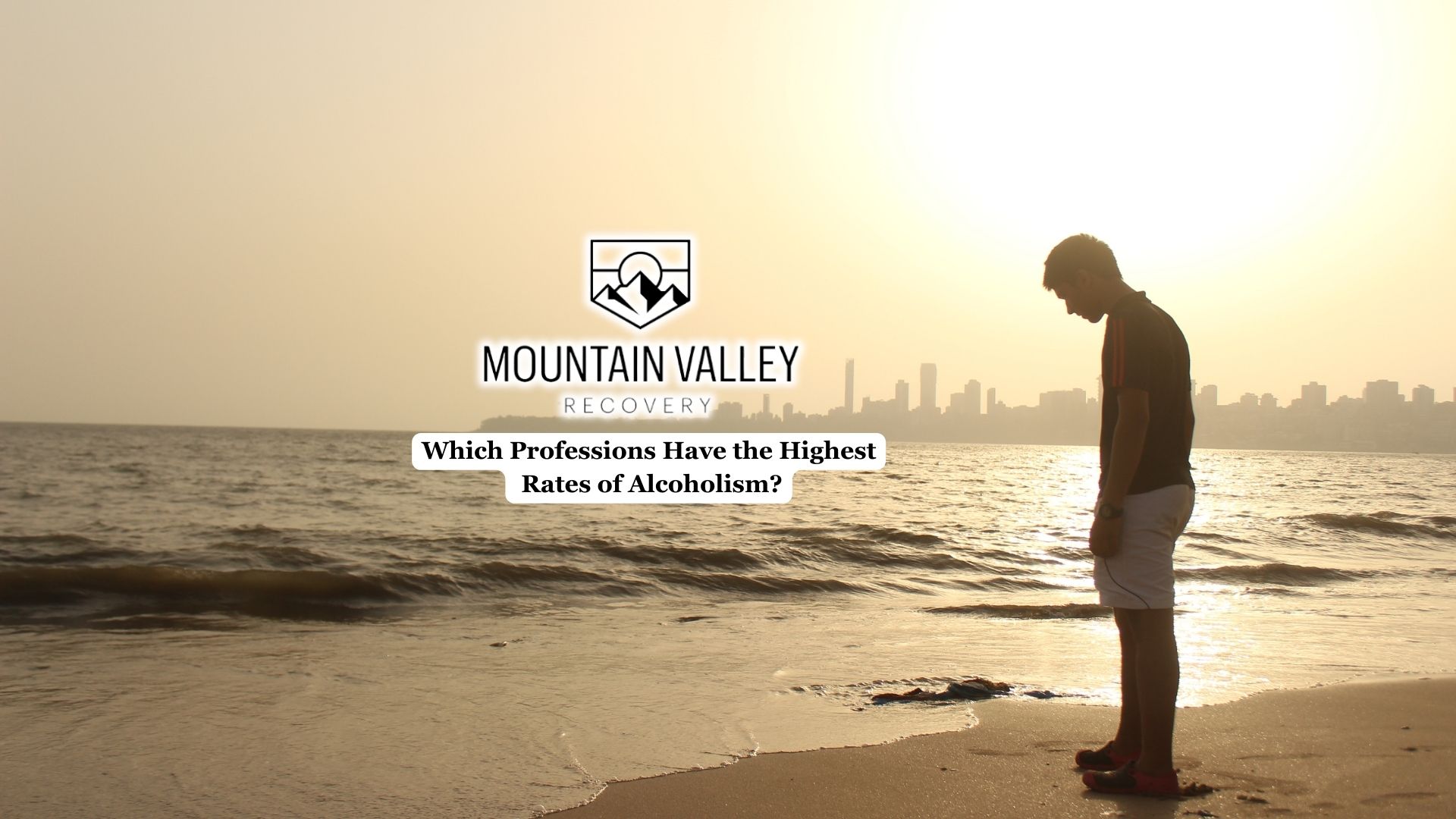Alcohol use disorder (AUD) is a serious public health concern in the United States, and its prevalence differs across occupations. Some industries report disproportionately high rates of heavy alcohol use, often associated with varying factors within the profession.
This article explores which professions are most affected, the conditions that contribute to these patterns, and how understanding occupational risk factors can help address alcohol misuse in the workplace.
Why Alcoholism Rates Vary by Profession
Workplace culture and job conditions play a major role in shaping drinking habits. Stressful work environments, demanding schedules, physical strain, and limited mental health support can all drive unhealthy coping strategies.
According to national survey data, about 8.7% of full-time workers between ages 18 and 64 report heavy alcohol use, but in some professions, the rates are significantly higher. Understanding these occupational risks is essential for prevention and early intervention.
Certain professions stand out for their higher-than-average levels of alcohol abuse. According to data from the Substance Abuse and Mental Health Services Administration (SAMHSA), some industries show significantly higher rates of heavy drinking compared to the national average.
Below are some of the occupations most affected:
Mining, Quarrying, and Oil Extraction – 17.5%
Workers in mining and oil extraction face grueling physical conditions, long shifts, and isolated environments. These factors contribute to the highest reported heavy alcohol use of any profession.
Construction – 16.5%
Construction workers often deal with unstable employment, demanding physical labor, and high injury risk. Alcohol is sometimes used as a form of stress relief, making this industry one of the most vulnerable.
Food Service – 12%
Servers, bartenders, and other food service employees frequently work irregular hours and are surrounded by alcohol in their daily environment. Easy access, combined with a workplace drinking culture, contributes to high rates of misuse.
Healthcare – 14%
Doctors, nurses, and other healthcare professionals manage life-and-death responsibilities, long shifts, and emotional stress. Easy access to substances, including alcohol and prescription medications, also plays a role in their elevated rates of addiction.
Legal Professions – Around 20%
Lawyers face one of the highest documented risks for risk for alcohol use disorder. Long hours, intense pressure, and high-stakes decision-making contribute to excessive drinking as a coping mechanism.

Factors Driving Alcohol Misuse in the Workplace
Several common themes emerge across professions with higher rates of alcoholism:
- High stress and pressure – Jobs with long hours, heavy responsibilities, or strict deadlines increase risk.
- Workplace culture – Industries where drinking is normalized (such as hospitality) encourage higher consumption.
- Isolation or irregular schedules – Rotating shifts, night work, or remote environments can disrupt healthy routines.
- Access to alcohol – Jobs in which alcohol is readily available make it easier to misuse.
- Limited mental health support – Stigma and lack of workplace resources prevent many employees from seeking help.
Addressing Alcohol Abuse in High-Risk Professions
While some industries face structural challenges, effective support systems can reduce the impact of alcohol use disorder in the workplace. Employee Assistance Programs (EAPs), for example, provide confidential counseling, referrals, and recovery resources. Employers can also promote healthier workplace cultures, improve scheduling policies, and encourage open conversations about mental health.
Especially for men seeking help and finding an alcohol rehab should not be a sign of weakness, it is an important step toward improving health, job performance, and overall quality of life.
For individuals, outpatient treatment, therapy, and support groups can provide tools for recovery without necessarily disrupting work responsibilities. Laws like the Family and Medical Leave Act (FMLA) and protections under the Americans with Disabilities Act (ADA) can also safeguard employment during treatment.
Final Thoughts from Mountain Valley Recovery
Some professions, including mining, construction, food service, healthcare, and law, show significantly higher rates of alcoholism compared to the general workforce. Stress, access to alcohol, and workplace culture all play a role in driving these numbers. By raising awareness and offering support through treatment programs and workplace resources, employees and employers can work together to reduce the impact of alcohol use disorder.
At Mountain Valley Recovery, we offer a men-only alcohol addiction treatment program in Holden, Utah, designed to suit the specific challenges the male demographic faces in recovery. Our approach provides the structure, tools, and support needed to overcome alcohol use disorder while addressing the unique challenges faced by men in high-stress professions.





